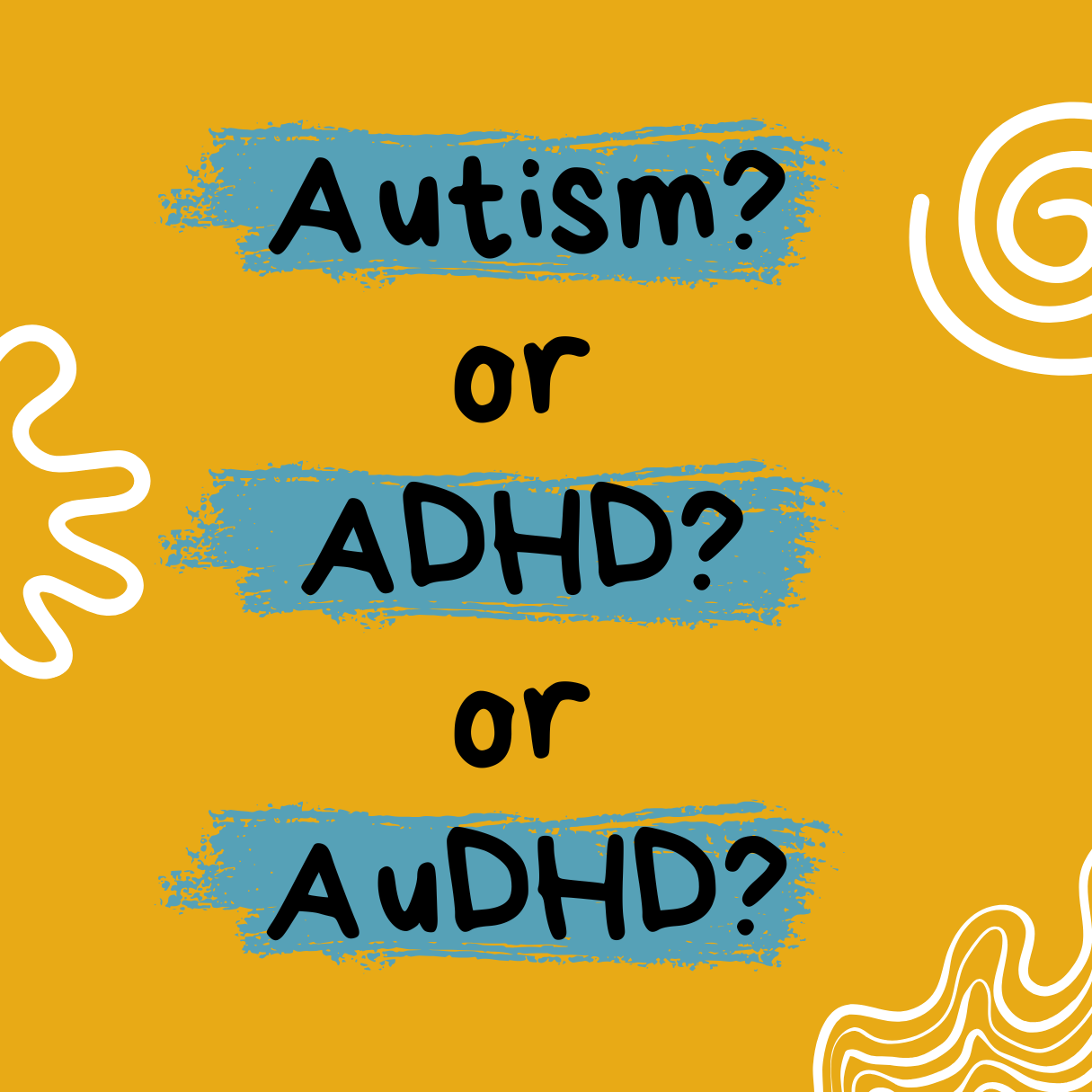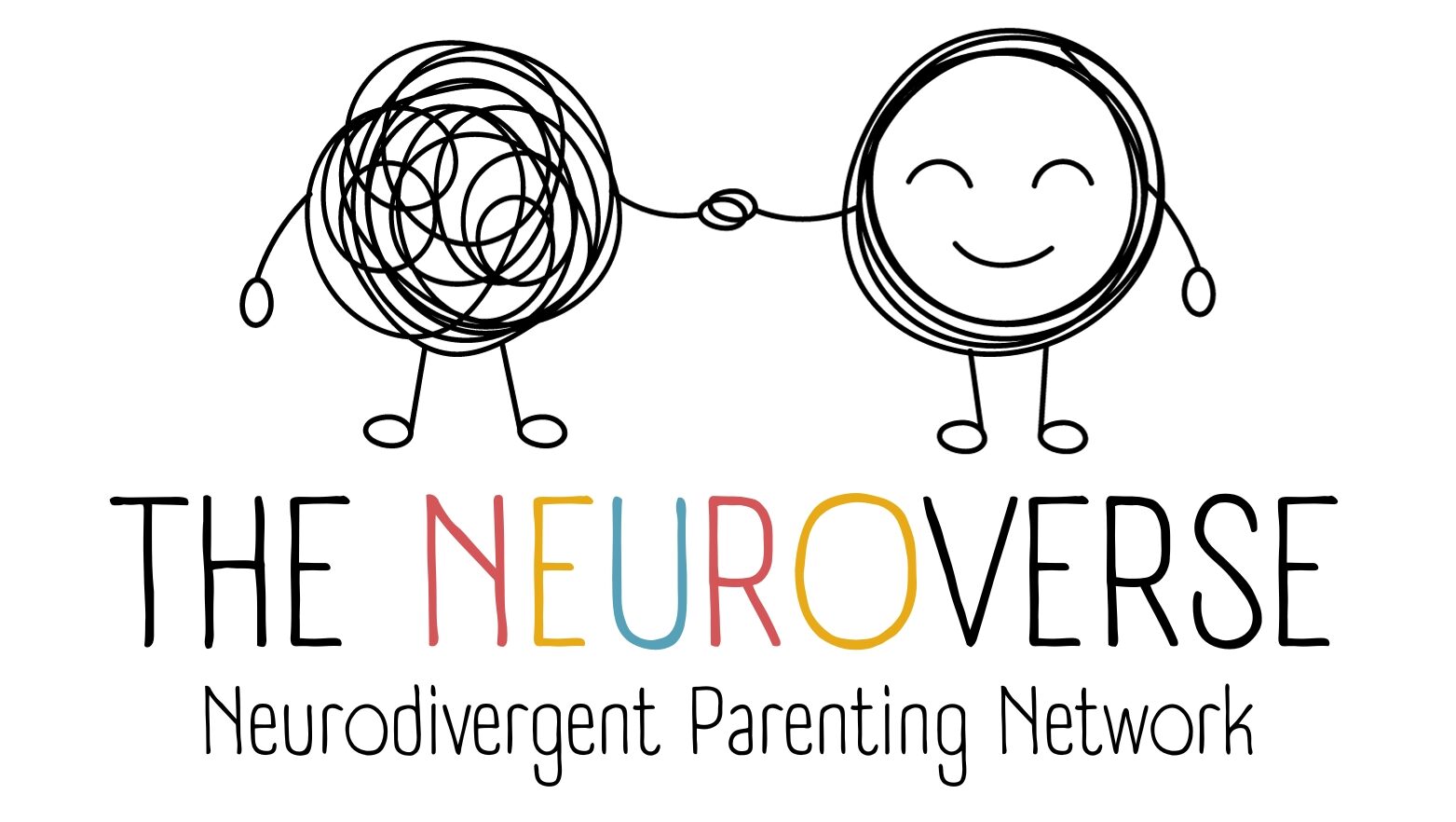Autism, ADHD, or AuDHD?

As a parent or caregiver, you may be trying to make sense of your child’s unique combination of strengths and struggles. Perhaps your child finds social situations confusing, is highly sensitive to sensory input, or needs strict routines. Or maybe they have difficulty sitting still, following instructions, or focusing for long periods. Sometimes, these traits seem to blend or even contradict one another — and this is where the concepts of Autism Spectrum Disorder (ASD), Attention-Deficit/Hyperactivity Disorder (ADHD), and AuDHD become helpful.
A Spectrum, Not a Checklist
Both Autism and ADHD are neurodevelopmental conditions, meaning they affect how the brain grows and functions. Importantly, both are spectrum conditions — this means that traits vary in type and intensity between individuals. There is no one-size-fits-all presentation, and a person may experience traits that shift over time or appear differently in different environments (home vs. school, for example).
In South Africa, diagnostic pathways can be lengthy and complex, and assessments may differ between public and private healthcare systems. Having a better understanding of the similarities and differences between ASD and ADHD — as well as how they can co-occur — can help you advocate for appropriate support for your child.
Comparing Traits of ASD and ADHD
Here is a breakdown of common traits seen in each condition:
| Area | Autism Spectrum Disorder (ASD) | Attention-Deficit/Hyperactivity Disorder (ADHD) |
| Social understanding | Difficulty interpreting social cues, emotions, and intentions. May seem aloof or rigid in interaction. | May seem overly talkative or socially intrusive due to impulsivity, but usually desires interaction. |
| Communication | May interpret language literally; struggles with sarcasm or idioms. Can have speech delays or flat tone. | Language usually develops on time, but may be excessive, off-topic, or poorly organised. |
| Eye contact and body language | May avoid eye contact, misunderstand gestures or facial expressions. | Generally understands non-verbal cues, but may miss them due to distraction. |
| Repetitive behaviours | Repetitive movements (e.g. hand flapping), speech (e.g. echolalia), or intense routines. | Less likely. Movements are often driven by hyperactivity or sensory-seeking such as nail biting or picking. |
| Special interests | Strong, focused interests that may dominate conversations or play. | May have intense interests, but these tend to shift frequently. |
| Flexibility and routine | Prefers sameness, may resist changes in routine or environment. | May also struggle with transitions, but more due to poor planning and regulation. |
| Sensory processing | Hyper- or hypo-sensitive to sensory input (sound, light, texture, smell). May be overwhelmed or seek stimulation. | Sensory differences can occur, but usually less extreme or less central to diagnosis. |
| Attention and focus | May appear inattentive due to being absorbed in internal thoughts or fixations. | Core feature: easily distracted, struggles to focus or sustain attention. |
| Motor coordination | Often struggles with fine and gross motor skills. | Also common, typically related to poor planning rather than sensory input. |
Introducing AuDHD: When Traits Combine
Some children don’t fit neatly into one category. A child may struggle to sit still and follow instructions (linked to ADHD), while also needing routines and finding social communication difficult (linked to autism). These children may fall into a “grey area” where their traits are often misunderstood or overlooked.
The term “AuDHD” is used informally to describe individuals who have both Autism and ADHD. Though it’s not a formal diagnostic category, it reflects a common reality: up to 80% of autistic individuals show signs of ADHD, and many people with ADHD have autistic traits (Leitner, 2014).
These combinations can make it harder for parents, teachers, and even professionals to understand what kind of support the child needs. Sometimes, one set of traits may mask the other, leading to misdiagnosis or delayed diagnosis.
In South Africa…
In South Africa, children with neurodevelopmental differences may face additional challenges due to limited access to specialised support in many regions. Long waiting lists, inconsistent terminology, and stigma can further complicate the process.
Understanding how/where your child fits may help you to:
- Advocate for appropriate referrals and interventions.
- Communicate more clearly with educators and professionals.
- Create home environments that support their child’s unique profile.
- Find local and online communities of support.
Diagnosis and Next Steps
Only a qualified healthcare professional — such as a developmental paediatrician, educational psychologist, or psychiatrist — can make a formal diagnosis. However, knowing the language to describe what you’re seeing in your child is a powerful first step. Check out our SPECIALIST DIRECTORY for details of specialists across South Africa.
If you’re concerned, start by keeping notes of what you observe in different settings. You may also wish to speak to your GP, school counsellor, or a private specialist who works with neurodivergent children.
A Note on Comorbidity
It’s also common for individuals with ASD and/or ADHD to have co-occurring conditions, such as:
- Anxiety or depression
- Sensory Processing Disorder
- Learning differences (e.g. dyslexia, dyscalculia)
- Tics or obsessive behaviours
- Sleep difficulties
Understanding the full picture is key to holistic, person-centred support.
Important Disclaimer
This article is for educational purposes only and is not intended to diagnose or label any child. If you have concerns about your child’s development, behaviour, or learning, consult a healthcare provider for individual assessment and guidance.
References
- Leitner, Y. (2014). The co-occurrence of autism and attention deficit hyperactivity disorder in children – what do we know? Frontiers in Human Neuroscience, 8, 268. https://doi.org/10.3389/fnhum.2014.00268
- NICE (UK) Guidelines:
- Autism spectrum disorder in under 19s: recognition, referral and diagnosis (CG128)
- ADHD: diagnosis and management (NG87)
- DSM-5 (APA, 2013); ICD-11 (WHO, 2022)



Leave a Reply